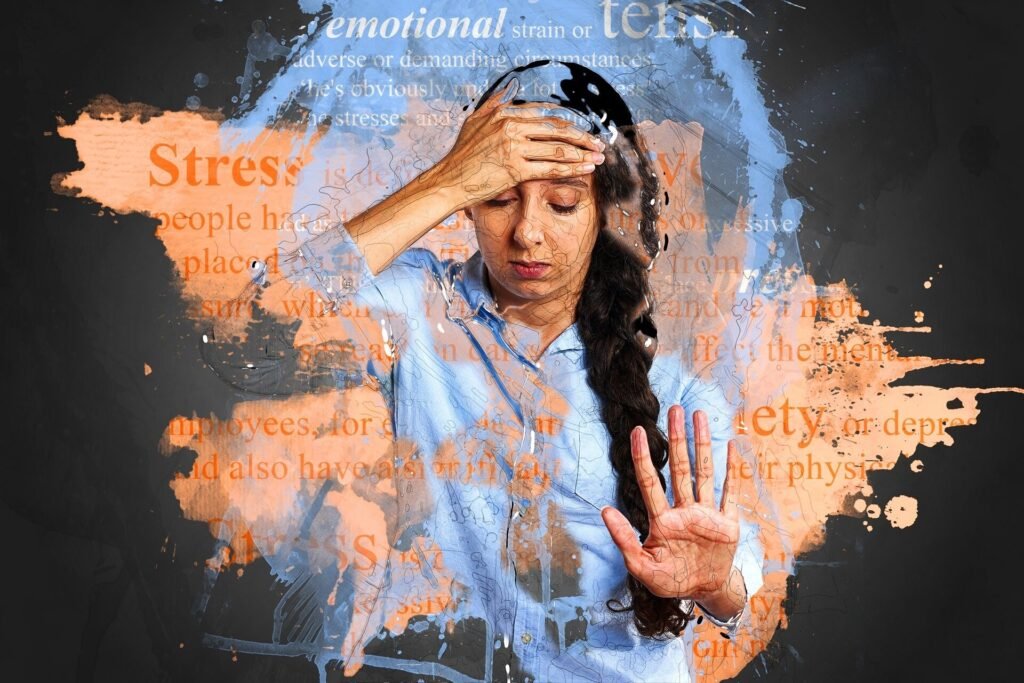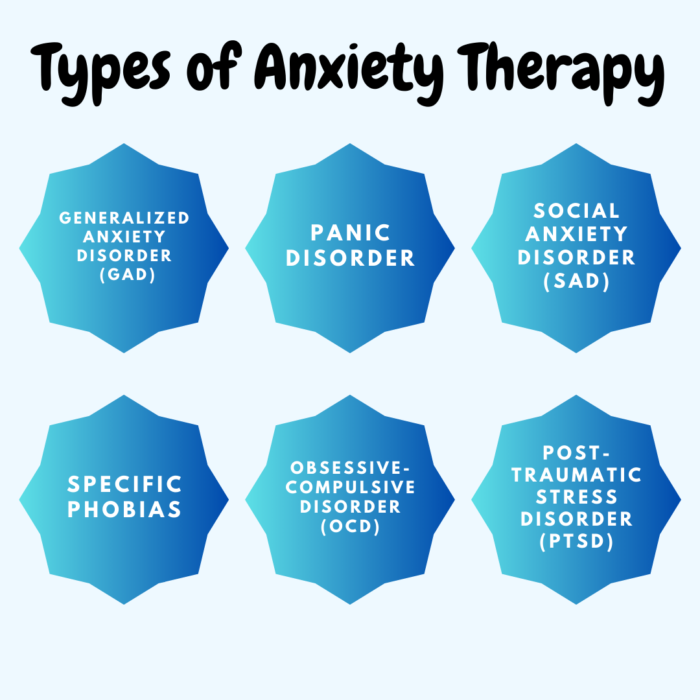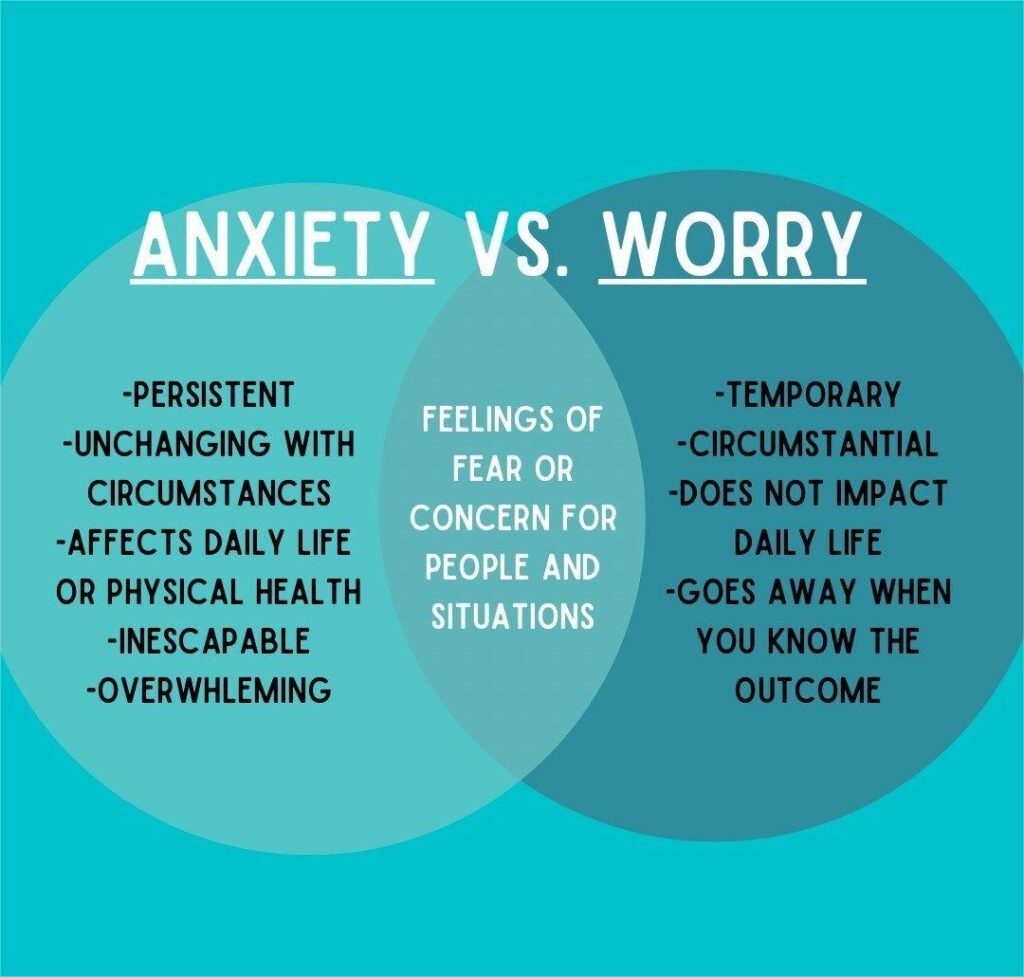We all worry. It’s a natural human response to uncertainty, stress, and potential threats. Will I ace that presentation? How will I pay these bills? Is my family safe? These types of questions and concerns are a normal part of life. But when does worry cross the line from a typical experience to a debilitating anxiety disorder? Understanding the key distinctions between normal worry and clinical anxiety is crucial for recognizing when to seek help and support. This article will explore these differences, providing insights into the characteristics of both normal worry and anxiety disorders, and offering guidance on when it’s time to seek professional evaluation.
Normal Worry: A Part of the Human Experience

Worry is a cognitive process involving anticipating potential negative outcomes. It often focuses on specific, real-life concerns, and is typically temporary, subsiding once the situation is resolved or the uncertainty diminishes. Here are some characteristics of normal worry:
- Specific Focus: Normal worries tend to center around concrete issues—a job interview, a financial problem, a health concern. There’s usually a clear trigger or source of the worry.
- Proportionality: The level of worry is generally proportionate to the actual situation. A small concern elicits a mild level of worry, while a more significant issue may cause more intense, but still manageable, worry.
- Intermittency: Normal worry is often episodic. It arises in response to a specific event or situation and subsides once the issue is addressed or time passes.
- Controllability: While worrisome thoughts may be intrusive at times, individuals can usually control or manage them. They can often distract themselves, rationalize their concerns, or find solutions to the problem.
- Limited Impact: Normal worry may cause some temporary distress, but it doesn’t significantly interfere with daily life, work, relationships, or overall functioning. Individuals can still engage in their usual activities and maintain a sense of normalcy.
- Realistic Concerns: The worries are typically based on realistic possibilities, even if they are negative. They’re grounded in reality, even if they’re focused on potential negative outcomes.
Anxiety Disorder: When Worry Takes Over

Anxiety disorders, on the other hand, are characterized by excessive, persistent, and often irrational worry that significantly impacts daily life. The worry is often disproportionate to the actual situation, difficult to control, and accompanied by a range of physical and psychological symptoms. Here’s what distinguishes anxiety disorders from normal worry:
- Excessive and Persistent: The worry is excessive, occurring frequently and persistently over an extended period (typically six months or more for Generalized Anxiety Disorder). It’s not just a passing concern, but a constant companion.
- Diffuse and Unrealistic: The worries are often diffuse, not tied to a specific situation. They may involve a range of concerns, shifting from one thing to another, or even involve worry about worry itself (“meta-worry”). The worries may also be unrealistic or based on exaggerated fears.
- Disproportionate Intensity: The level of worry is often far greater than what would be expected given the actual situation. Even minor issues can trigger intense anxiety.
- Difficulty Controlling Worry: Individuals with anxiety disorders struggle to control their worries. The thoughts are intrusive and difficult to dismiss, often leading to rumination and catastrophic thinking.
- Significant Impairment: The anxiety significantly interferes with daily life, work, relationships, social activities, and overall functioning. It can lead to avoidance behaviors, difficulty concentrating, and decreased productivity.
- Physical Symptoms: Anxiety disorders are often accompanied by physical symptoms such as restlessness, fatigue, muscle tension, irritability, difficulty sleeping, headaches, stomach problems, and rapid heartbeat.
- Psychological Symptoms: Psychological symptoms can include difficulty concentrating, feeling overwhelmed, irritability, restlessness, feeling on edge, and a sense of impending doom.
Types of Anxiety Disorders:

It’s important to note that “anxiety disorder” is an umbrella term encompassing several distinct conditions, each with its own specific characteristics:
- Generalized Anxiety Disorder (GAD): Characterized by persistent and excessive worry about a variety of things.
- Panic Disorder: Involves recurrent panic attacks, which are sudden episodes of intense fear accompanied by physical symptoms like chest pain, shortness of breath, and dizziness. 1 1. medwiki.co.in medwiki.co.in
- Social Anxiety Disorder (SAD): Characterized by intense fear of social situations in which the individual may be judged or scrutinized by others.
- Specific Phobias: Involve intense fear of specific objects or situations, such as spiders, heights, or flying.
- Obsessive-Compulsive Disorder (OCD): Characterized by intrusive, unwanted thoughts (obsessions) that lead to repetitive behaviors (compulsions) aimed at reducing anxiety.
- Post-Traumatic Stress Disorder (PTSD): Develops after a traumatic event and involves re-experiencing the trauma, avoidance of reminders of the trauma, and hyperarousal.
When to Seek Help:
If you’re experiencing persistent and excessive worry that is interfering with your daily life, it’s essential to seek professional help. A mental health professional can assess your symptoms, determine if you have an anxiety disorder, and recommend appropriate treatment options. Here are some signs it might be time to seek help:
- Worry is constant and overwhelming.
- You have difficulty controlling your worries.
- Your worries are interfering with your work, relationships, or social life.
- You’re experiencing physical symptoms of anxiety, such as chest pain, shortness of breath, or dizziness.
- You’re avoiding situations or activities because of anxiety.
- You’re having difficulty sleeping or concentrating.
- You feel like you’re constantly on edge or irritable.
- You’re using alcohol or drugs to cope with anxiety.
Treatment Options:
Effective treatments are available for anxiety disorders, including:
- Therapy: Cognitive Behavioral Therapy (CBT) and other forms of therapy can help individuals learn to manage their anxiety and change negative thought patterns.
- Medication: Medications, such as antidepressants or anti-anxiety medications, may be prescribed to help manage symptoms.
- Lifestyle Changes: Making healthy lifestyle changes, such as regular exercise, a balanced diet, and sufficient sleep, can also help reduce anxiety.
The Takeaway:
Worry is a normal human experience, but when it becomes excessive, persistent, and interferes with daily life, it may be a sign of an anxiety disorder. Understanding the differences between normal worry and clinical anxiety is crucial for recognizing when to seek help. If you’re concerned about your level of worry, don’t hesitate to reach out to a mental health professional for evaluation and treatment. Remember, effective help is available, and you don’t have to suffer in silence.

